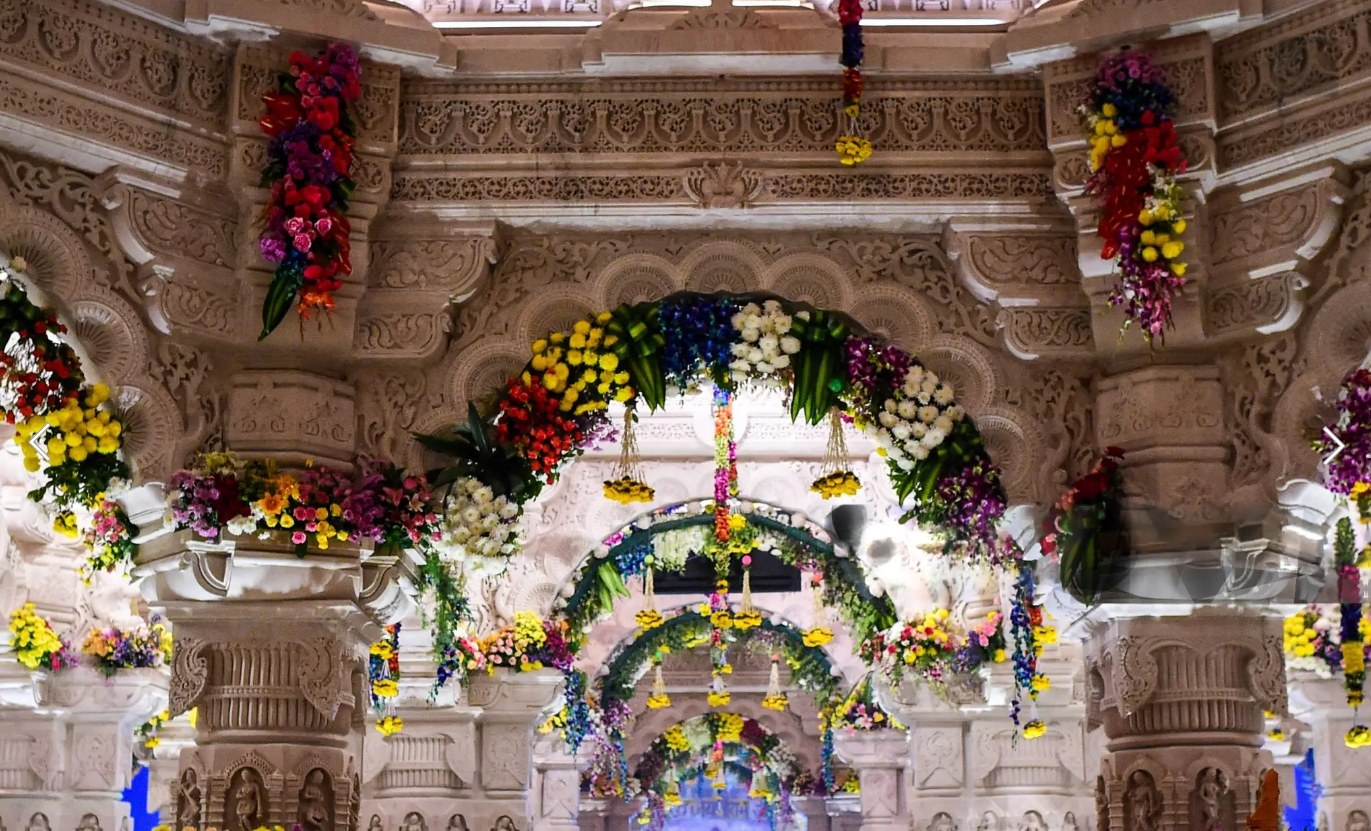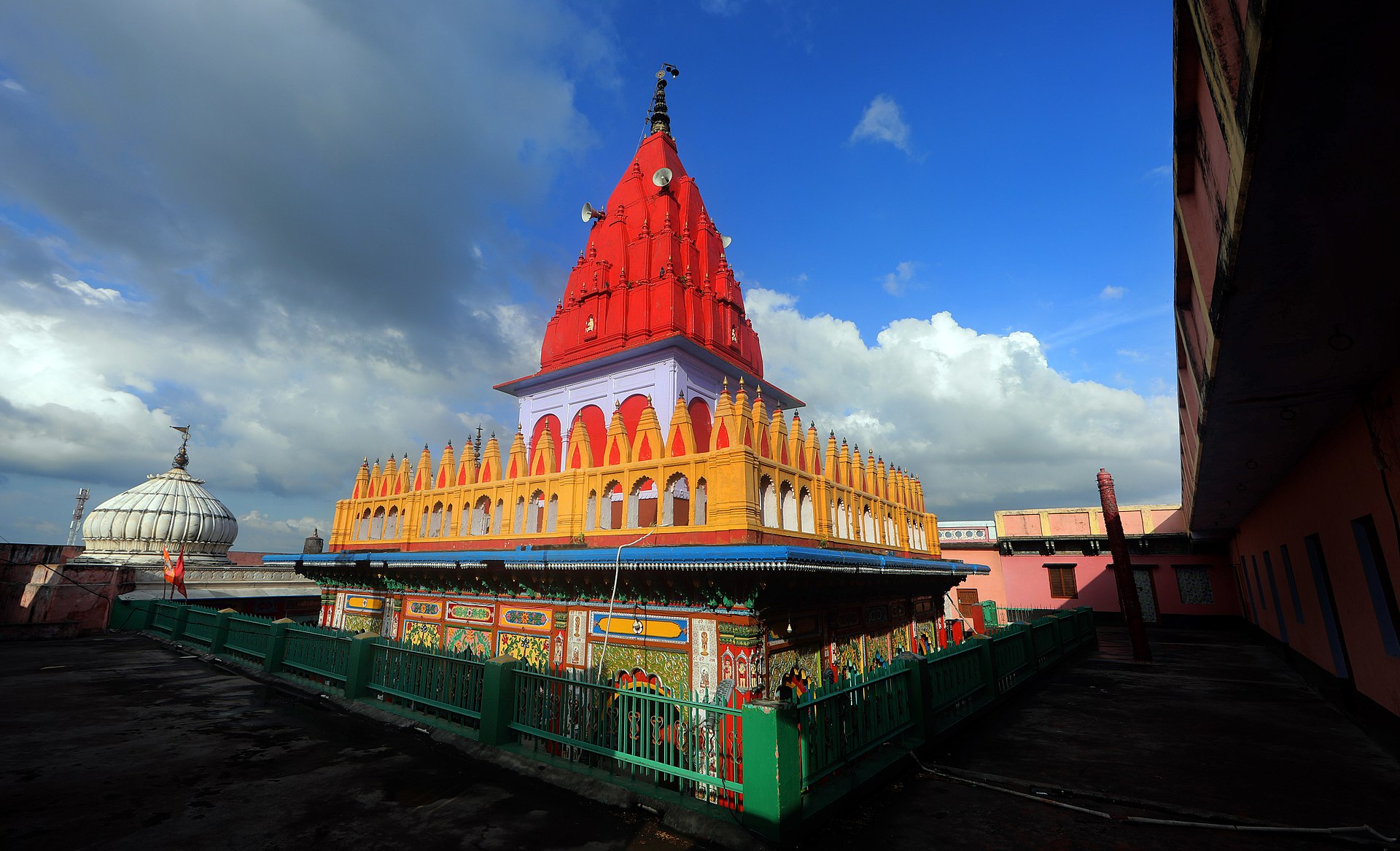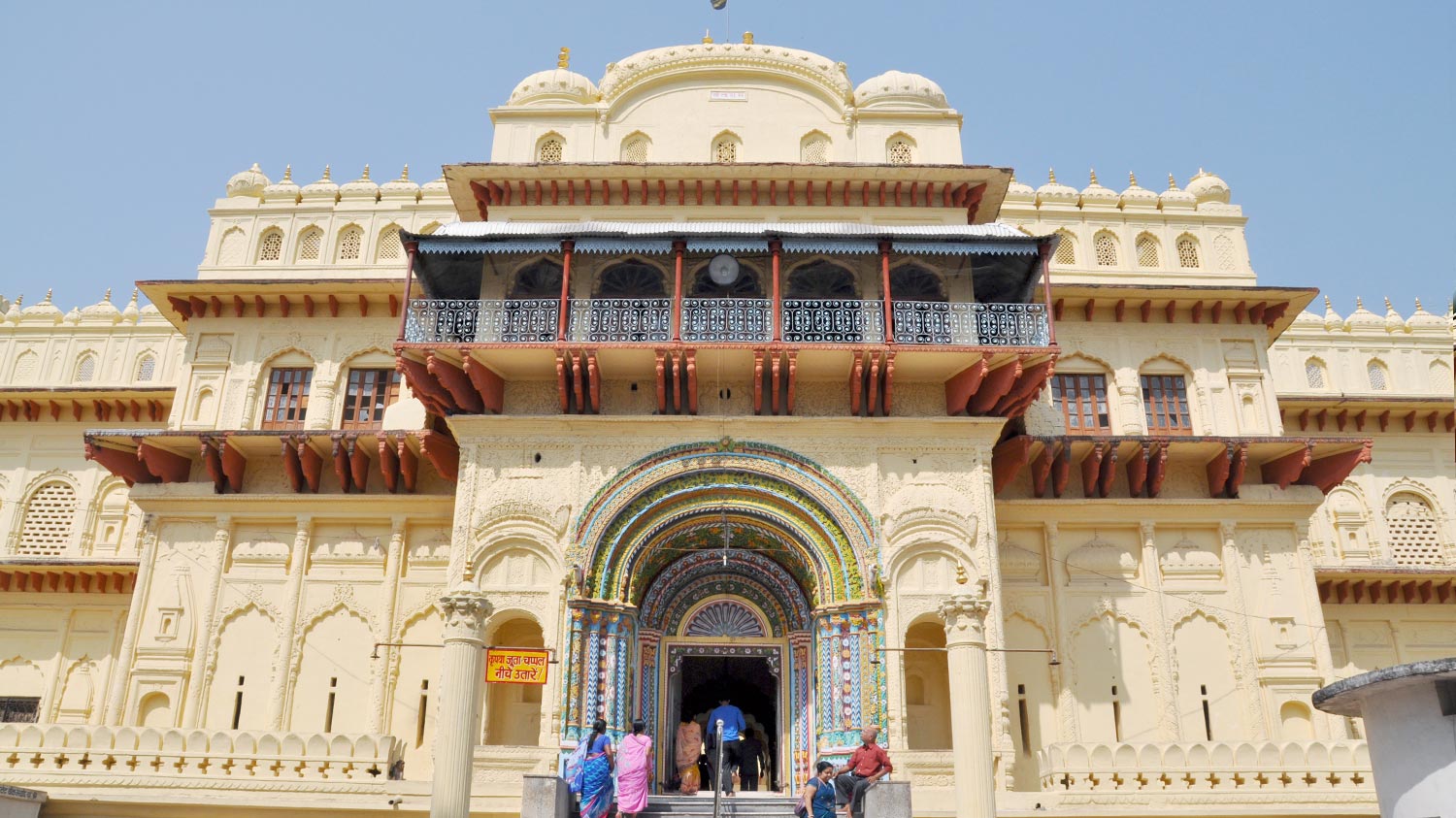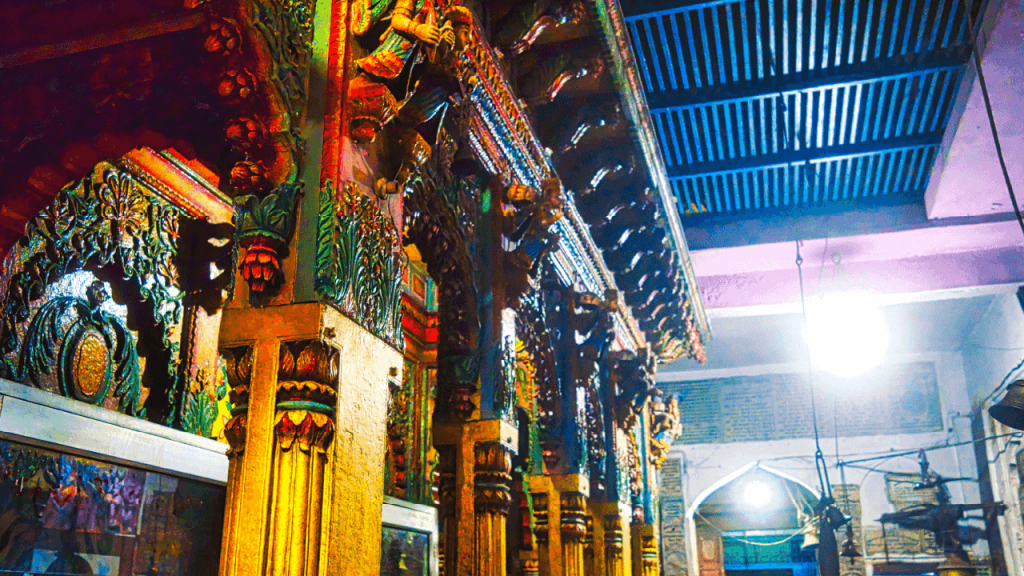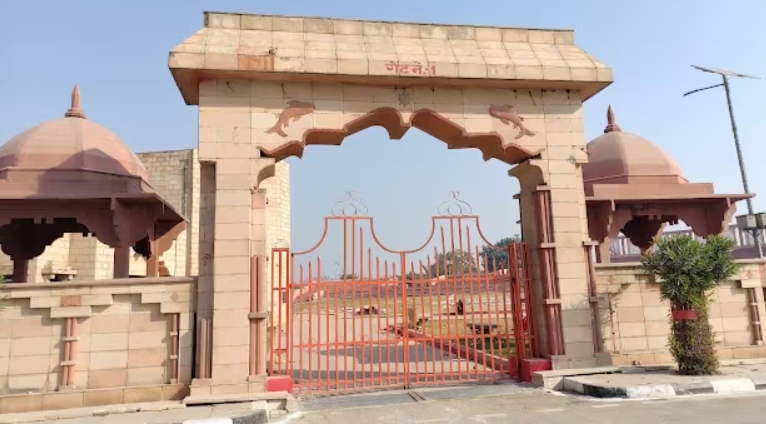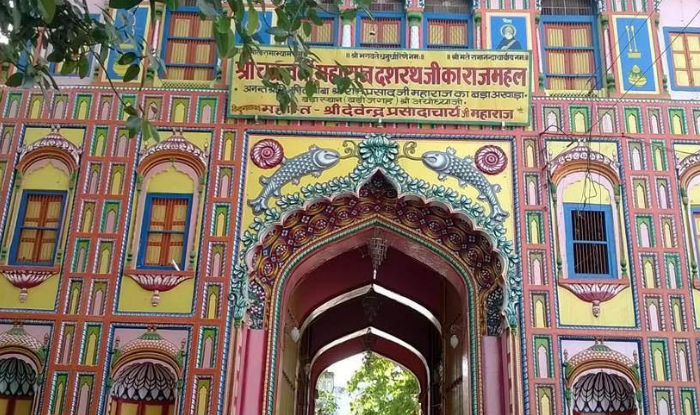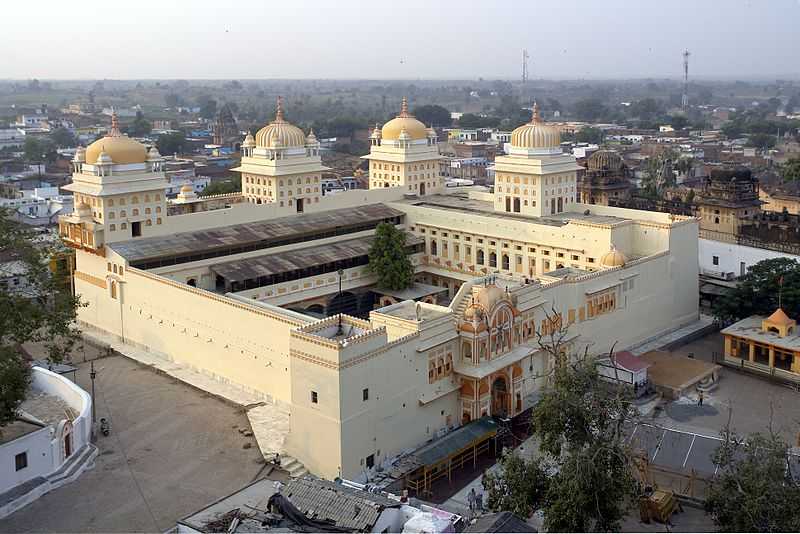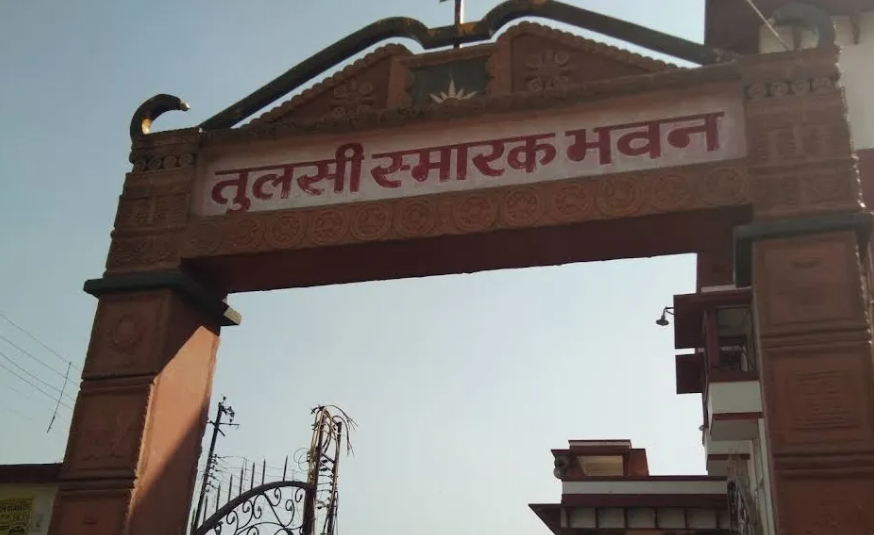Ayodhya Me Ram – Discover the Eternal Legacy of Lord Rama in Ayodhya
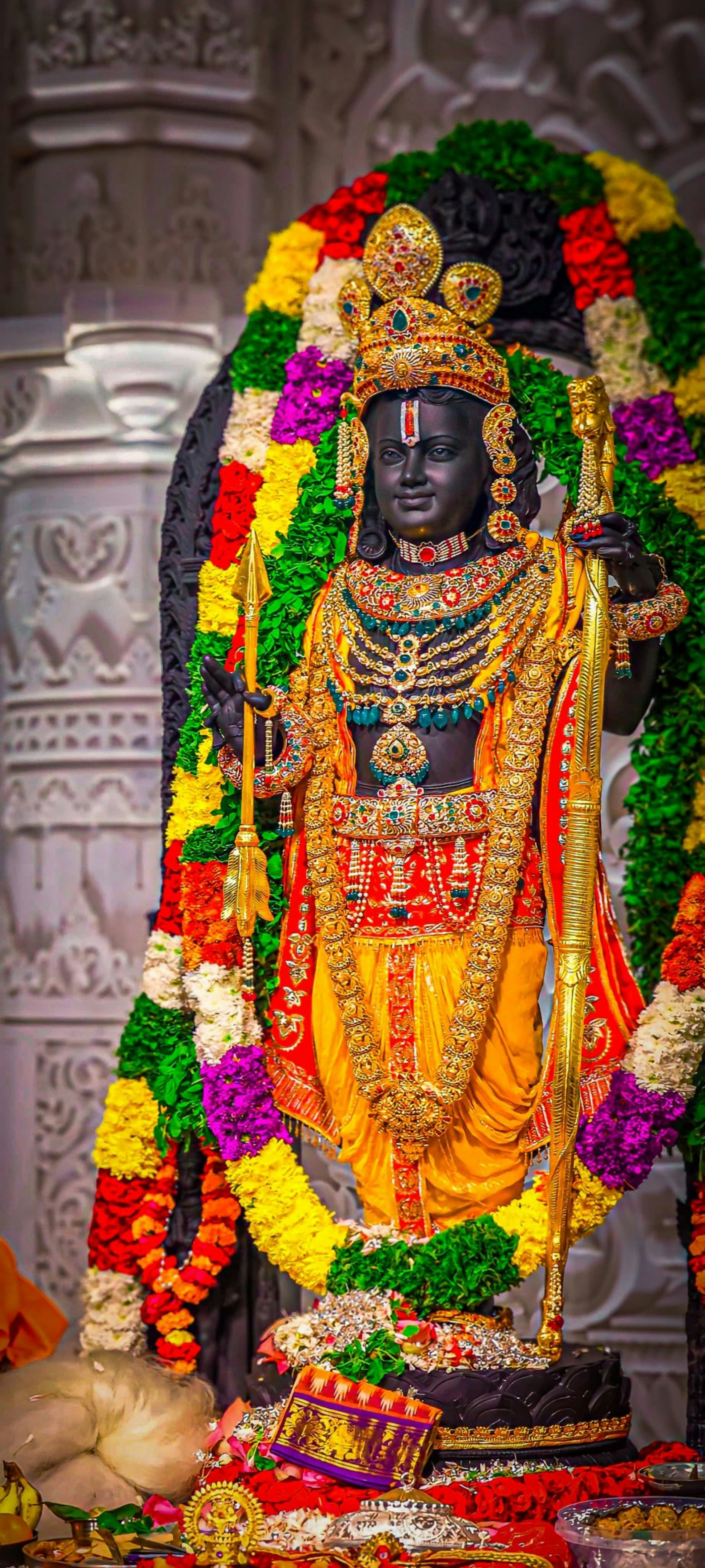
मंगल भवन अमंगल हारी। द्रवहु सुदसरथ अचर बिहारी।।
हरि अनंत हरि कथा अनंता। कहहिं सुनहिं बहुबिधि सब संता॥
जा पर कृपा राम की होई। ता पर कृपा करहिं सब कोई॥
जिनके कपट, दम्भ नहिं माया। तिनके ह्रदय बसहु रघुराया॥
होइहि सोइ जो राम रचि राखा। को करि तर्क बढ़ावै साखा॥
बिनु सत्संग विवेक न होई। राम कृपा बिनु सुलभ न सोई॥
जहाँ सुमति तहँ संपति नाना। जहाँ कुमति तहँ बिपति निदाना॥
Shri Rama Janmabhoomi (Rama Lala) Temple
The Ram Lala Temple in Ayodhya holds profound significance for Hindus worldwide. "Ram Lala" refers to the infant form of Lord Rama, revered as a symbol of divine purity, innocence, and the promise of righteous leadership. This temple is intricately connected to the Ram Mandir, being situated at the very birthplace of Lord Rama, making it a focal point of faith and devotion.
Spiritual Significance:
Divine Birthplace
The Ram Lala Temple is believed to be located at the precise spot where Lord Rama was born, making it one of the most sacred sites in Hinduism. Pilgrims from all over the world visit to pay homage to this divine location.
Manifestation of Divine Energy
The infant form of Lord Rama, worshipped as Ram Lala, represents divine energy in its purest and most innocent form. Devotees believe that worshipping Ram Lala brings them closer to experiencing the divine blessings and grace of Lord Rama.
Symbol of Hope and Righteousness
The temple symbolizes the hope and promise that Lord Rama’s birth brought to the world. It reminds devotees of the importance of living a life based on dharma (righteousness) and following the principles exemplified by Lord Rama.
Cultural Significance:
Historical Legacy
The Ram Lala Temple has been a significant part of Ayodhya's cultural and religious landscape for centuries. It is deeply rooted in the historical and cultural narratives of India, reflecting the country’s rich heritage.
Epic Ramayana Connection
The temple is closely linked to the epic Ramayana, which narrates the life and adventures of Lord Rama. This connection enriches the cultural fabric of Ayodhya, drawing scholars, historians, and devotees who seek to understand and celebrate the epic’s teachings and values.
Festivals and Celebrations
Important Hindu festivals such as Ram Navami (the birthday of Lord Rama) are celebrated with great fervor at the Ram Lala Temple. These celebrations attract thousands of pilgrims and tourists, highlighting the temple's role in preserving and promoting Hindu traditions and culture.
Temple Timetable
Darshan Timing *
Morning Darshan
06:30 AM - 12:00 PM
Darshan Closed
12:00 PM - 02:30 PM
After Noon/Evening Darshan
02:30 PM - 10:00 PM
* Timing may change in future
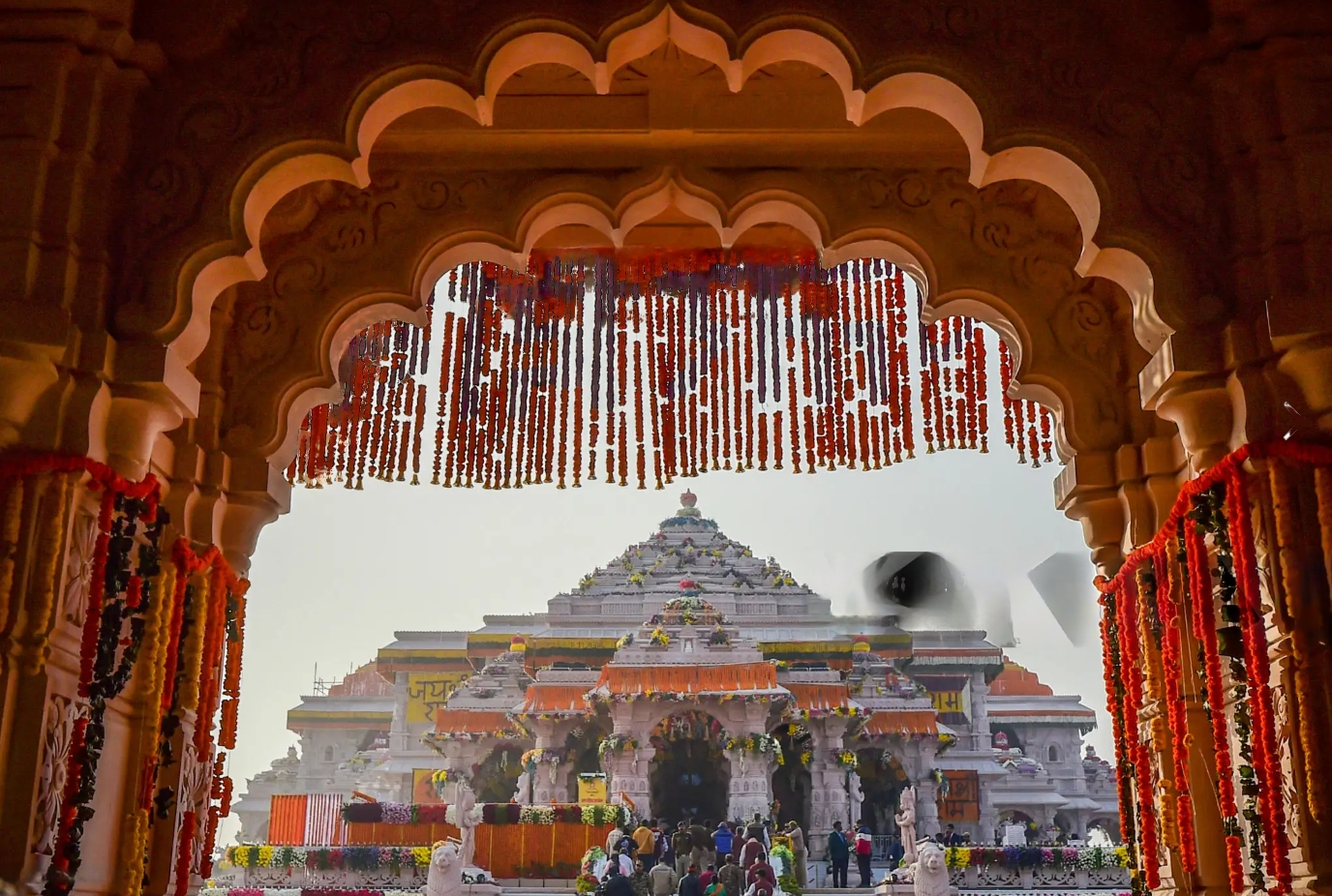

Temple Timetable
Aarti Timing *
Mangala Aarti
04:30 AM
Shringar Aarti
06:30 AM
Bhog Aarti
11:30 AM
Madhyan Aarti
02:30 PM
Sandhya Aarti
06:30 PM
Sayan Aarti
08:30 PM
* Timing may change in future
History of Rama Temple
References to a temple dedicated to Lord Rama at this site date back to ancient texts and inscriptions, emphasizing its long-standing spiritual significance.
Medieval Period:
Destruction and Conflict
Historical records suggest that a temple dedicated to Lord Rama existed at this site until it was destroyed during the medieval period. A mosque, known as the Babri Masjid, was constructed at the site in the 16th century by Mughal emperor Babur.
Modern Era:
Contentious Site
The site of the Babri Masjid became a point of religious and political contention in the 20th century. Hindu groups claimed it was the birthplace of Lord Rama and sought to reclaim it for a temple.
Demolition and Legal Battle
In 1992, the Babri Masjid was demolished by a large group of activists, leading to widespread riots and a prolonged legal battle over the ownership of the site.
Supreme Court Verdict:
Landmark Judgement
In November 2019, the Supreme Court of India delivered a historic verdict, awarding the disputed land to the Hindu parties for the construction of a Ram temple. The court also directed that an alternate piece of land be provided to the Muslim parties for the construction of a mosque.

Construction of Rama Temple
Foundation Laying Ceremony:
Bhoomi Pujan
The foundation laying ceremony (Bhoomi Pujan) for the new Ram Mandir was held on August 5, 2020. The ceremony was conducted by Prime Minister Narendra Modi, along with other dignitaries and religious leaders.
Ceremonial Significance
The event marked a significant milestone in the decades-long struggle and was attended by a select number of invitees due to the COVID-19 pandemic.
Architectural Design:
Traditional Dravidian Style
The Ram Mandir is being constructed in the traditional Dravidian architectural style, featuring intricate carvings, towering spires, and a grand layout.
Temple Dimensions
The temple is designed to be 161 feet tall with three floors, and it will have five mandapas (halls). The sanctum sanctorum will house the idol of Ram Lalla (infant Lord Rama).
Construction Phases:
Foundation and Pillars
The initial phases of construction involved laying a robust foundation and erecting the pillars that will support the grand structure. Advanced engineering techniques were employed to ensure the temple's durability and stability.
Main Structure
Subsequent phases include the construction of the main temple structure, which involves the assembly of meticulously carved stones, sculptures, and architectural elements.
Materials and Craftsmanship:
High-Quality Stone
The temple is being built using high-quality sandstone sourced from Rajasthan. The stone is known for its durability and aesthetic appeal.
Skilled Artisans
Renowned craftsmen and artisans from across India are involved in the intricate carvings and detailed architectural work, ensuring that the temple reflects the rich heritage of Indian temple architecture.
"The history, construction, and inauguration of the Ram Mandir in Ayodhya represent a profound journey of faith, resilience, and devotion. The temple stands as a testament to India's rich cultural heritage and the enduring legacy of Lord Rama"
Places to Visit in Ayodhya
Shri Ram Janmabhoomi Temple
Believed to be the birthplace of Lord Rama, the site is of immense religious importance.
Hanuman Garhi
A temple dedicated to Lord Hanuman, it is believed to protect the city from evil spirits. Climb the 76 steps to reach the temple, which offers panoramic views of Ayodhya. The main deity is a young Hanuman seated on his mother’s lap.
Kanak Bhawan
Known as the "House of Gold," it is believed to be gifted to Sita by her mother-in-law, Kaikeyi. The temple houses beautiful idols of Lord Rama and Sita adorned with gold crowns and jewelry.
Nageshwarnath Temple
According to legend, this temple was established by Kush, the son of Lord Rama. Dedicated to Lord Shiva, the temple plays a central role in the Maha Shivaratri festival.
Ramkatha Park
Ramkatha Park is an open-air theater where various cultural and spiritual events, especially related to the life of Lord Rama, are performed.
Guptar Ghat
Guptar Ghat is a significant ghat on the banks of the Sarayu River, where it is believed that Lord Rama took Jal Samadhi (immersed himself in water and left his earthly life).
Sita Ki Rasoi
Sita Ki Rasoi is an ancient kitchen believed to be used by Sita herself. It is located near the Ram Janmabhoomi Temple.
Dashrath Bhawan
Dashrath Bhawan is one of the most significant and revered places in Ayodhya. It holds immense religious and cultural importance as it is believed to be the royal palace of King Dasharatha, the father of Lord Rama.
Raja Mandir
The name "Raja Mandir" signifies its association with royal patronage. Historically, it has been supported and maintained by various royal families, adding to its prestige and significance.
Tulsi Smarak Bhawan
Tulsi Smarak Bhawan is a memorial dedicated to Goswami Tulsidas, the author of Ramcharitmanas. It celebrates his life and contributions to literature and spirituality.

